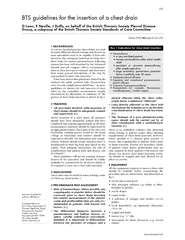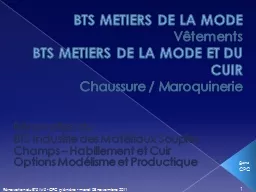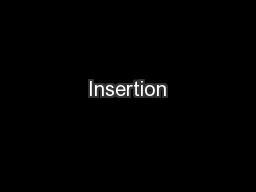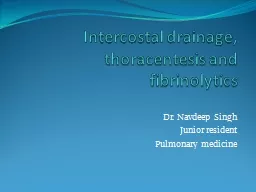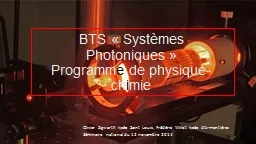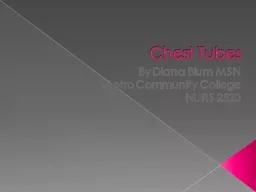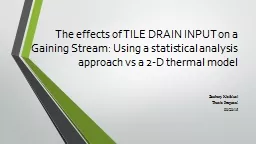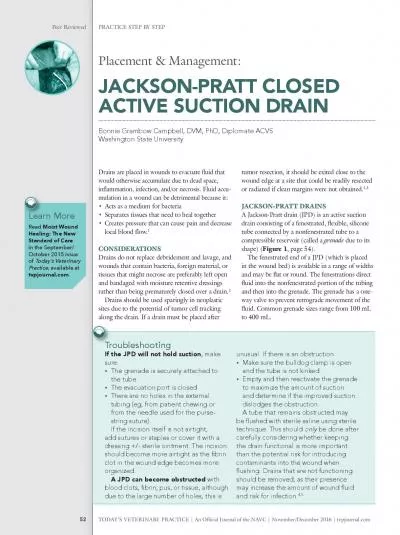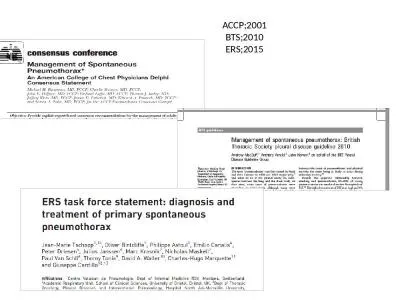PDF-BTS guidelines for the insertion of a chest drain D La
Author : marina-yarberry | Published Date : 2015-05-15
Thorax 2003 58 Suppl IIii5357521ii59 1 BACKGROUND In current hospital practice chest drains are used in many different clinical settings and doctors in most specialities
Presentation Embed Code
Download Presentation
Download Presentation The PPT/PDF document "BTS guidelines for the insertion of a ch..." is the property of its rightful owner. Permission is granted to download and print the materials on this website for personal, non-commercial use only, and to display it on your personal computer provided you do not modify the materials and that you retain all copyright notices contained in the materials. By downloading content from our website, you accept the terms of this agreement.
BTS guidelines for the insertion of a chest drain D La: Transcript
Download Rules Of Document
"BTS guidelines for the insertion of a chest drain D La"The content belongs to its owner. You may download and print it for personal use, without modification, and keep all copyright notices. By downloading, you agree to these terms.
Related Documents

